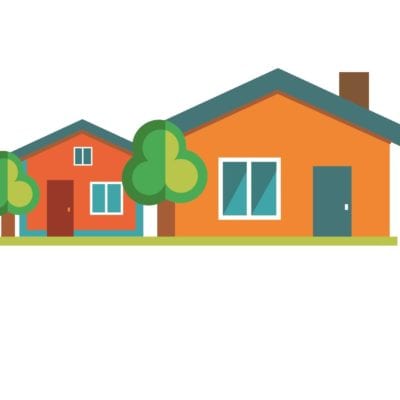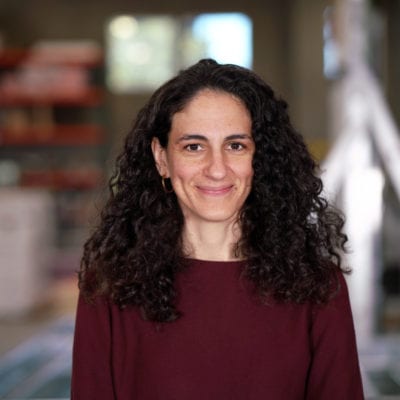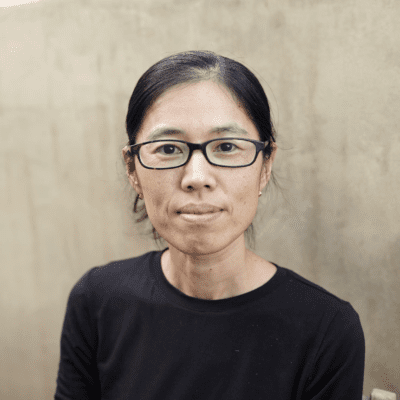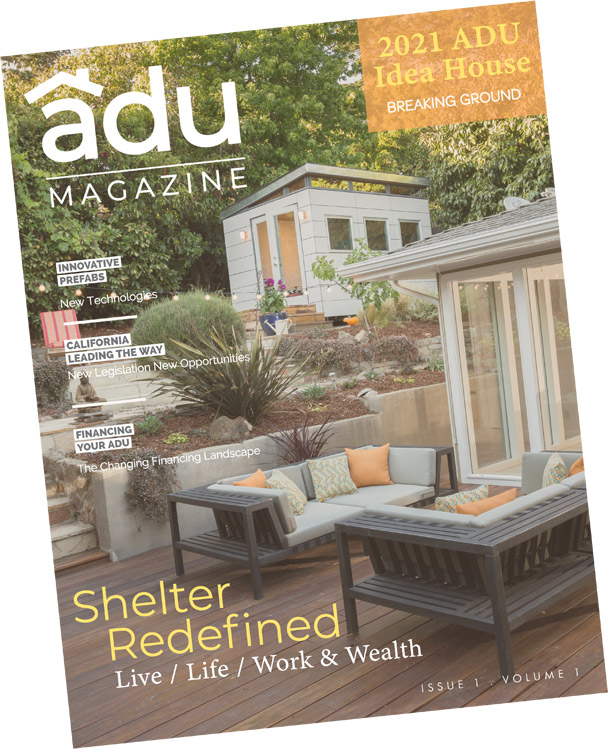Richard Bloom
Accessory dwelling units have exploded in popularity in California over the past four years. One person who’s helped make this happen: Assemblymember Richard Bloom (D – Santa Monica), whose 2016 bill, AB 2299 helped legalize ADUs in the state.
Bloom spoke with ADU Magazine about the genesis of his bill and how ADUs are helping to address the glaring housing crisis in the state. Following find selected highlights and excerpts from that Question and Answer session.

We didn’t realize at the time, I think, that we had an impending housing crisis or at least as severe a housing crisis as it ultimately became.
– Richard Bloom
ADU Magazine: What got you interested in ADUs?
Richard Bloom: I forget who the sponsor of the bill was in 2016, but folks came to me as they frequently do. We had a conversation about how many cities had made it difficult to build accessory dwelling units.
That immediately resonated with me because I happen to have one in my backyard. It was part of several hundred ADUs in all likelihood that are in my neighborhood in Santa Monica that had been built around the ‘40s. Because in Santa Monica, at Santa Monica Airport during World War II, there was a military base and there was also a Douglas aircraft manufacturing plant. And there weren’t a lot of places for employees and servicemen and women to live. So there developed a lot of accessory dwelling units.
In my case, my house was built in 1930 and the ADU was built in 1940. When my wife and I were fortunate enough to be able to purchase the house back in 1981, we recognized the utility. It wasn’t in that great of condition, but we were able to fix it up a little bit with only a little bit of money. And we rented it out and that was part of our calculus in how we were able to afford to buy the house.
That’s exactly the kind of purpose that AB 2299 was intended to assist with. This was an idea, a bill I did, that made immediate sense to me based on my own personal experience and knowing also that my city had made it difficult to build accessory dwelling units. And I’d been on the city council for 14 years, so I was probably one of the people who voted on some of those ordinances that made it more difficult. We didn’t realize at the time, I think, that we had an impending housing crisis or at least as severe a housing crisis as it ultimately became.
That was kind of the background that existed at that time in 2016. I thought, ‘Oh, this is great. It’s a small bill. It’ll make a difference here or there and that’s great.’ I had no idea that the bill was going to set off not just an explosion of more legislation over the next few years, but that AB 2299 on its own was going to create an opportunity for many, many tens of thousands of housing units across the state. It’s been a good experience.
ADU: It sounds like 2016, your bill would have been one of the first. Was it before SB 1069 or did you and Sen. Bob Wieckowski work on your bills at the same time?
Bloom: They were parallel bills, so we were working on them at the same time, trying to coordinate them. He rightfully calls himself the king of ADUs and I rightfully call myself the king of ADUs. I’ve actually never used that term. (chuckles)
I think there’s always enough credit to go around and we’ve both taken credit.
ADU: Working collaboratively, what different things did you and Sen. Wieckowski bring to the table during that? Because I imagine early on legislatively, there was probably a lot of ground to cover.
RB: There was. At that time, we were creating standards around heights and setbacks and floor areas. Parking has been a very popular area for cities to provide some restrictions in local ordinances.
We chipped away at each of the impediments to make it easier to build an ADU. And I have to say, one would have thought that this might have been a very controversial bill with homeowners in single-family residence neighborhoods. But in fact, it became very, very popular very quickly. In the year or two following the signing of the bill, when I was speaking about it, I would refer to it as the only housing bill that both YIMBYs and NIMBYs are happy with.
ADU: There’ve been cities and counties that have pushed back on ADUs over the years. How incumbent has it been on the state to lead the issue and make ADUs more mainstream?
Bloom: After 14 years on Santa Monica City Council and being the mayor there on three different occasions, I understand the concept of local control and try wherever possible to preserve.
What happened here is that I think cities became a little bit overzealous in restrictions because people got it into their heads that ADUs were a bad thing. Parking in neighborhoods is frequently a big issue and God forbid we should congest the parking anymore.
As I was saying before, at some point and subsequent to the implementation of those local ordinances, the housing crisis became more and more acute. It’s very difficult at the local government level to ease up on zoning restrictions and to provide for new housing opportunities. Just politically, it’s very, very difficult. When there’s a crisis and local governments are unable for whatever reason, unable to act or don’t act, then it’s incumbent upon the state to take reasonable action at the state level. And that’s really what we did with the reforms to ADU law.
It’s not like the series of bills now have not been controversial at all. There has been some controversy. There’s some sense out there that, ‘Gee Sacramento, you’ve gone too far now.’ I take that in stride. I think it’s important to listen to that. We do make compromises in these bills. We try to make them as minimal, in terms of their imposition on localities, as possible. But we do need to find creative ways of creating new housing.
In this case, it’s the people who live in the single-family residences that actually are the main beneficiaries. It’s a tenant who can pay a little rent that helps make the mortgage payment, as it was in my case. It’s the ability to house a parent or a child who needs housing or a disabled individual individual who needs to be close to their family. There’s lots of reasons why these are meaningful and important to our residential neighbors in our cities. I think that’s why, on the whole, it’s proven to be very popular and very successful.
And of course, it’s a lot less expensive to build an ADU unit as it is to build a unit of affordable housing, which is upwards of a half-million dollars or more in many cases in the state of California.
ADU: What are your thoughts on if California is leading the way in ADU development?
Bloom: Well, I haven’t done a survey of other states. But California’s in the lead on so many issues. I certainly wouldn’t mind if we’re on the lead on this. And it wouldn’t surprise me that we’re in the lead on this as well.
ADU: In your district, it sounds like ADUs are pretty popular.
Bloom: Very. Very. I don’t have the most recent statistics from the city of Los Angeles, but they’ve been extremely popular in Los Angeles. They’re literally being built by the thousands.
One of my other jokes about ADUs is we’ve created a cottage industry in terms of niche construction outfits that are building ADUs. It’s not uncommon in Los Angeles, I’ll be driving down the street or standing watching traffic go by and a truck will go by and on the side of the truck, it’s a construction company that is advertising the fact that it builds ADUs. That didn’t exist five years ago. So that’s a development in and of itself.
One can certainly assume that this little boomlet of building ADUs is creating jobs in the construction industry as well, which is a good thing.
ADU: There’ve been a lot of ADUs bills in both the State Senate and State Assembly over the last five years. Legislatively, what gaps remain? What ground is there still to cover around ADUs to you?
Bloom: I think financing is an important area and particularly finding ways in which we can creatively work with homeowners so they’re providing housing that’s targeted for vulnerable populations. There’s a very small project, for example, in the city of Los Angeles that is intended to finance ADU construction in exchange for providing housing for homeless or low-income (individuals.)
ADU: Is there anything you wanted to talk about that we haven’t gotten to or anything that would be good for people to know?
Bloom: I’m just taking a quick look at my notes here, but I can tell you that between 2017 and 2020, 16,000 ADU applications were submitted in the city of Los Angeles.
ADU: I’ve heard LA is ground zero in the state for this right now. I had thought the Bay Area, but it sounds like LA is really where this is happening right now.
Bloom: Yeah, a lot of activity in Los Angeles. But I think you can likely extend a lot of that throughout the state. It’s certainly something that’s popular in the Bay Area, too, and I think anywhere where you find single-family neighborhoods that are conducive to adding a unit. And of course now, we’ve allowed for both ADUs and junior ADUs and they’re popping up everywhere.
I do think it’s important that we do what we can to keep them as affordable as possible…The crying need is, really extreme need for new housing, affordable housing is for those people who are working class, who are spending 30, 40, 50 percent and up of their income on their housing costs and are falling behind economically.
*This interview has been edited for length and clarity.
- Graham Womackhttps://adumagazine.com/author/graham-womack/
- Graham Womackhttps://adumagazine.com/author/graham-womack/
- Graham Womackhttps://adumagazine.com/author/graham-womack/
- Graham Womackhttps://adumagazine.com/author/graham-womack/








